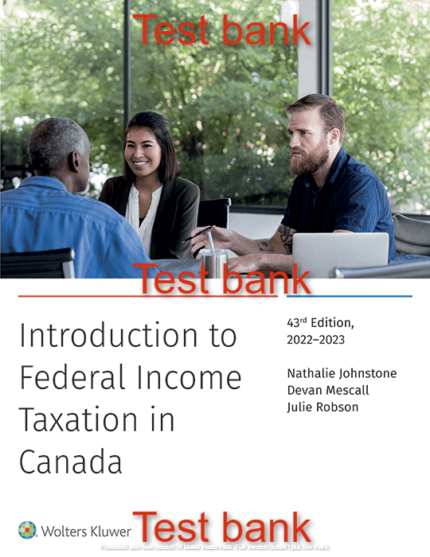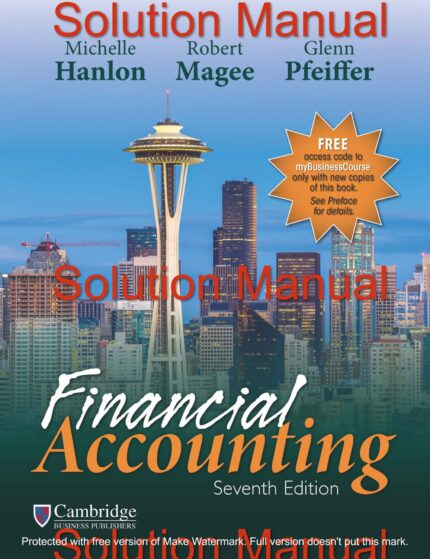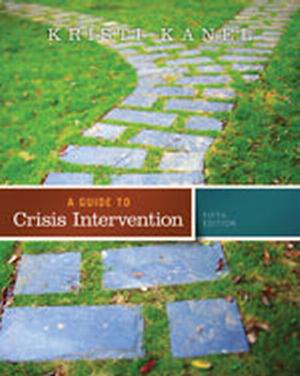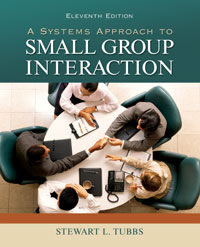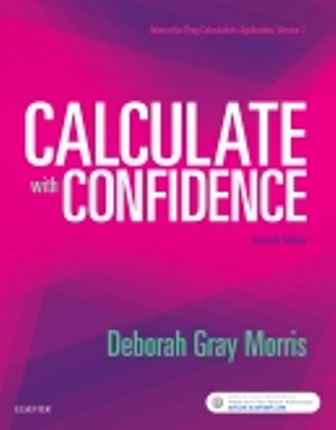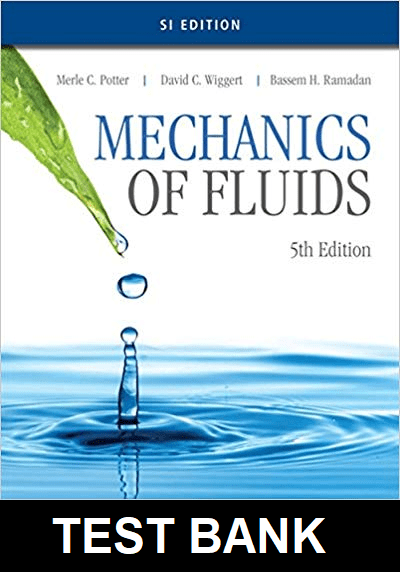Financial Accounting, 7e by Glenn Pfeiffer, Michelle Hanlon, Robert Magee 2023 , Test bank
Table of contact
Chapter 1: Introducing Financial Accounting
Chapter 2: Constructing Financial Statements
Chapter 3: Adjusting Accounts for Financial Statements
Chapter 4: Reporting and Analyzing Cash Flows
Chapter 5: Analyzing and Interpreting Financial Statements
Chapter 6: Reporting and Analyzing Revenues, Receivables, and Operating Income
Chapter 7: Reporting and Analyzing Inventory
Chapter 8: Reporting and Analyzing Long-Term Operating Assets
Chapter 9: Reporting and Analyzing Liabilities
Chapter 10: Reporting and Analyzing Leases, Pensions, Income Taxes, and Commitments and Contingencie
Chapter 11: Reporting and Analyzing Stockholders’ Equity
Chapter 12: Reporting and Analyzing Financial Investments
Sample for the Test bank Financial Accounting, 7e by Glenn Pfeiffer
Multiple Choice
Topic: Business organizations
LO: 1
- Which of the following forms of business organizations exists as a legal entity?
- A) A sole proprietorship
- B) A partnership
- C) A corporation
- D) A labor union
Answer: C
Rationale: A corporation is a form of business organization that exists as a legal entity that issues shares of stock to its owners or shareholders in exchange for cash or other resources.
Topic: Financial accounting information users
LO: 1
- All of the following are proper uses of financial accounting information by a company’s board of directors except:
- A) To review the results of operations
- B) To evaluate future strategy
- C) To assess management performance
- D) To distribute buy/sell recommendations prior to company release of information
Answer: D
Rationale: Providing buy or sell recommendations prior to release by the company is a type of fraud known as insider trading and is not a way that directors should use financial accounting information.
Topic: Financial accounting information users
LO: 1
- Which one of the following is not an external user of financial information?
- A) Stockholders
- B) Creditors
- C) Internal Revenue Service
- D) Top company management
Answer: D
Rationale: Decision makers outside the company include stockholders, creditors, and tax agencies such as the Internal Revenue Service.
Topic: Accounting equation
LO: 2, 3
- On which statement are assets, liabilities and equity reported?
- A) Balance sheet
- B) Income statement
- C) Statement of stockholders’ equity
- D) Statement of cash flows
Answer: A
Rationale: A balance sheet reports on investing and financing activities. It lists amounts for assets, liabilities, and equity at a point in time.
Topic: Accounting equation
LO: 2
- Which of the following is a correct statement of the accounting equation in terms of activities?
- A) Investing = Operating assets + Financial assets
- B) Investing = Creditor financing + Owner financing
- C) Investing = Nonowner financing – Owner financing
- D) Nonowner financing = Investing + Operating
Answer: B
Rationale: The accounting equation is Assets = Liabilities + Stockholders’ equity.
Another way of viewing this equation is Investing = Creditor financing + Owner financing
Topic Financial statement format
LO: 3
- Which of the following is not part of the standard heading of each financial statement?
- A) The company name
- B) The statement title
- C) The date or time period of the statement
- D) The company’s industry
Answer: D
Rationale: Each financial statement identifies the company, the statement title, and the date or time period of the statement.
Topic: Balance sheet and income statement
LO: 3
- Which of the following items are in the balance sheet? (Select all that apply.)
- A) Inventory
- B) Operating expenses
- C) Account receivable
- D) Equipment
- E) Cash payments
Answer: A, C, and D
Rationale: Statement B) is incorrect – operating expenses are found in the income statement, not the balance sheet. Statement E) is incorrect – cash payments are found on the statement of cash flows.
Topic: Expenses
LO: 3
- Which of the four basic financial statements would contain a line item for expenses?
- A) Balance sheet
- B) Income statement
- C) Statement of equity
- D) Statement of cash flows
Answer: B
Rationale: The income statement reports on the revenues less the expenses over the reporting period. Expenses only appear on the income statement.
Topic: Account classification
LO: 3
- Which of the following would be reported on a statement of stockholders’ equity?
- A) Cash
- B) Total expenses
- C) Dividends
- D) Financing cash flows
Answer: C
Rationale: Dividends are a return of capital to stockholders and are found only on the statement of stockholders’ equity. Cash is found on the balance sheet. Total expenses is an income statement amount. Financing cash flows are found on the statement of cash flows.
Topic: Articulation of financial statements
LO: 3
- How are the balance sheet and the statement of cash flows linked?
- A) By the cash balance
- B) By the amount of total retained earnings
- C) By the total shareholder equity
- D) By the amount of net income
Answer: A
Rationale: The balance sheet and the statement of cash flows are linked by the cash balance. The statement of cash flows shows the inflows and outflows of cash during the period. Then ending cash balance is on the balance sheet.
Topic: Financial Statement Linkages
LO: 3
- Which one of the following is not a key linkage among the four primary financial statements?
- A) The expenses in the income statement link to the total liability balance.
- B) The statement of cash flows links to ending cash in the balance sheet.
- C) The income statement links to the ending retained earnings in the statement of stockholders’ equity.
- D) The statement of stockholders’ equity links to ending equity in the balance sheet.
Answer: A
Rationale: The expenses in the income statement are not linked to the total liability balance. An unpaid expense might at one point in time be listed as a liability; however, the total of liabilities and expenses is rarely the same.


